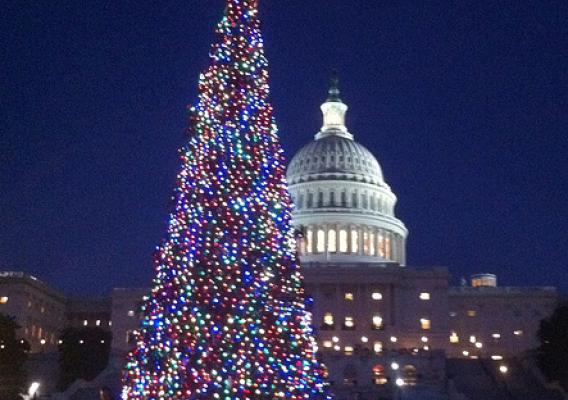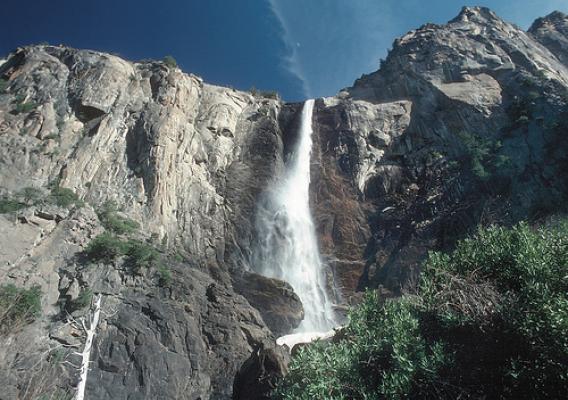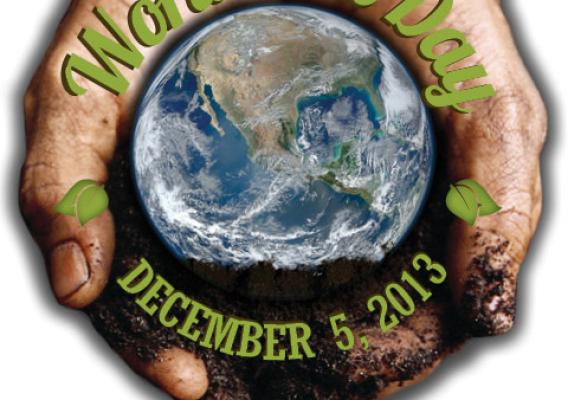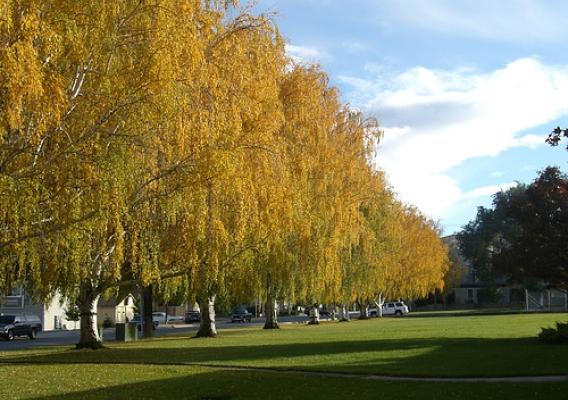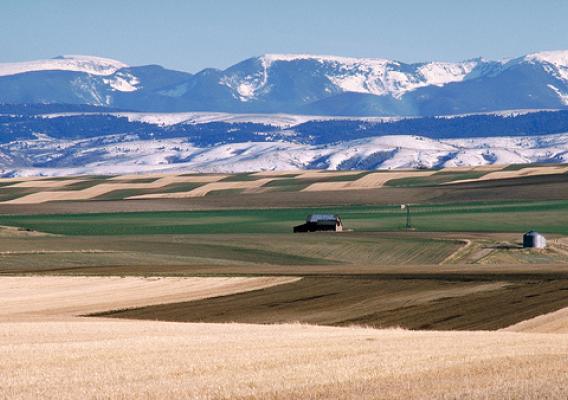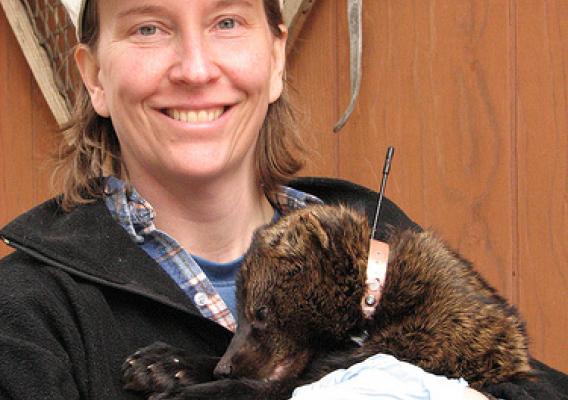This post is part of the Science Tuesday feature series on the USDA blog. Check back each week as we showcase stories and news from USDA's rich science and research portfolio.
An award-winning watershed assessment tool, the Automated Geospatial Watershed Assessment (AGWA), was deployed to assess potential Rim Fire threats in Yosemite National Park in California. The park experienced a devastating fire that began on August 17, 2013, and took several months to contain. The fire burned more than 400 square miles in and around the park, cost $125.8 million to date, and is considered one of the largest wildfires in California’s history.
BAER (Burned Area Emergency Response) is a multi-agency group that includes USDA’s Forest Service and others, and is responsible for identifying potential threats such as downstream flooding and developing plans to rehabilitate and restore burned areas. BAER teams use AGWA to target immediate efforts to prevent threats to people, wildlife and the land. Using AGWA combined with the burn severity map produced by BAER teams, experts can rapidly pull together information on pre- and post-fire conditions. For example, knowing where to apply mulch after a fire can reduce runoff and erosion and can help minimize downstream risks from fire induced land cover and soil changes.

